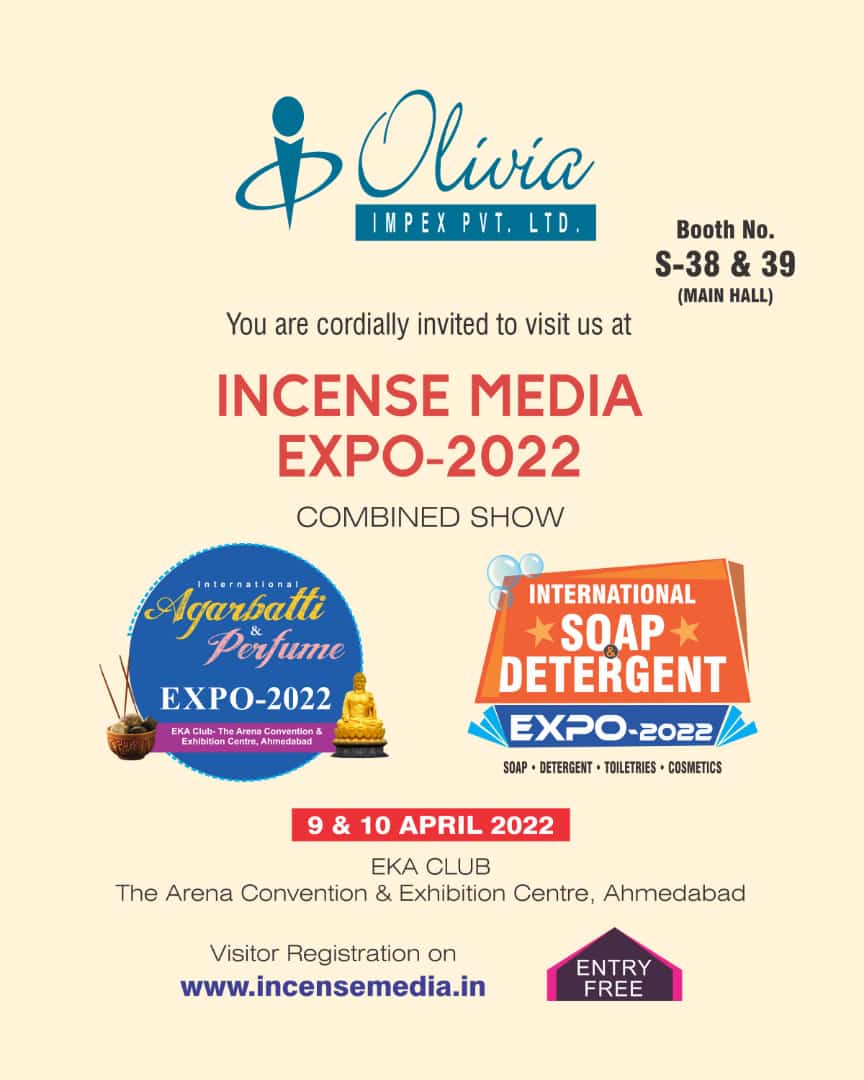
Oleic Acid 75%
1000 USD ($)/Metric Ton
Product Details:
- HS Code 38231200
- Classification Inorganic Acids
- Purity 75%
- Application Used in Emollients, Eulsifiers, Cosmetics, Detergents, Plastic Auxiliaries, Oleates , etc
- Appearance Colourless, Odourless liquid
- Solubility Slightly soluble in water
- Click to View more
X
Oleic Acid 75% Price And Quantity
- 21 Metric Ton
- 1000 USD ($)/Metric Ton
Oleic Acid 75% Product Specifications
- Used in Emollients, Eulsifiers, Cosmetics, Detergents, Plastic Auxiliaries, Oleates , etc
- 38231200
- Colourless, Odourless liquid
- 75%
- Inorganic Acids
- Slightly soluble in water
Oleic Acid 75% Trade Information
- Any Malaysia/Indonesia/Thailand ports
- Telegraphic Transfer (T/T) Letter of Credit (L/C) Letter of Credit at Sight (Sight L/C)
- 3000 Metric Ton Per Month
- 1 Months
- Yes
- Contact us for information regarding our sample policy
- Packed in Flexi with/without heat pad = 21 MTS Packed in Drums without pallets = 15.20 MTS
- Asia Africa Middle East
- All India
Product Description
Oleic Acid 75% is a monounsaturated omega-9 fatty acid, a type of unsaturated fat, with the chemical formula C18H34O2. It is one of the most common fatty acids found in nature and is an important component of various oils and fats in both plants and animals.
Oleic Acid 75 Percent Properties:
1. Fatty Acid Classification: Oleic acid is a monounsaturated fatty acid, meaning it contains only one double bond in its carbon chain. Specifically, it is classified as an omega-9 fatty acid due to the position of the double bond, which is located between the 9th and 10th carbon atoms from the methyl (CH3) end of the carbon chain.
2. Chemical Formula: The chemical formula of oleic acid is C18H34O2. It consists of a long hydrocarbon chain of 18 carbon atoms with a carboxyl group (COOH) at one end, making it a carboxylic acid.
3. Physical State: Oleic acid is a colorless or pale yellow liquid at room temperature. It has a melting point of around 13.4 degree centigrade and a boiling point of approximately 360 degree centigrade.
4. High Stability: Oleic acid exhibits high stability and resistance to oxidation. This property makes it suitable for cooking and food processing applications, as it can withstand higher temperatures without undergoing rapid degradation.
5. Source of Energy: Like all fats, oleic acid is a concentrated source of energy, providing about 9 calories per gram when metabolized by the body.
6. Emollient and Moisturizing: Oleic acid acts as an emollient, helping to soften and moisturize the skin. It is often used in cosmetic and skincare products to improve skin texture and prevent moisture loss.
7. Solubility: Oleic acid is soluble in organic solvents, such as ethanol and ether, but is only slightly soluble in water. This solubility characteristic affects its absorption and transport within the body.
8. Nutritional Importance: Oleic acid is an essential component of the human diet, providing health benefits when consumed as part of a balanced eating plan. It is associated with improved cardiovascular health and can help lower LDL cholesterol levels.
9. Non-Toxic: In general, oleic acid is considered non-toxic when consumed in typical dietary amounts. However, excessive intake can contribute to weight gain and other health issues.
10. Industrial Versatility: Beyond its applications in the food and cosmetic industries, oleic acid's stability and lubricating properties make it useful in various industrial sectors, such as pharmaceuticals, plastics, lubricants, and paints.
Applications of Oleic Acid 75 Percent:
1. Food Industry: Oleic acid is commonly used in the food industry as a cooking oil and food ingredient. It is a major component of olive oil, which is popular for its health benefits and culinary uses. Oleic acid is also present in other vegetable oils like canola oil, sunflower oil, and peanut oil. Additionally, it is used in the production of margarine, spreads, and salad dressings.
2. Cosmetics and Personal Care: Oleic acid is utilized in the formulation of cosmetic and personal care products, such as lotions, creams, and moisturizers. It acts as an emollient, helping to soften and hydrate the skin, making it a valuable ingredient in skincare products.
3. Pharmaceutical Industry: In the pharmaceutical sector, oleic acid is used as a carrier or excipient in drug delivery systems. It helps enhance the solubility and absorption of certain drugs, improving their bioavailability.
4. Lubricants and Industrial Applications: Oleic acid is employed in the production of lubricants and greases due to its lubricating properties. It can reduce friction and wear in machinery, making it useful in various industrial applications.
5. Surfactants and Detergents: Oleic acid is a key component in the production of surfactants and detergents. Surfactants are essential in products like soaps, shampoos, and cleaning agents, as they help to reduce the surface tension of liquids and improve their cleaning capabilities.
6. Plastics and Polymers: Oleic acid is utilized as a plasticizer in the manufacturing of certain plastics and polymers. It helps improve the flexibility and durability of the materials.
7. Textile Industry: In the textile industry, oleic acid is sometimes applied to fabrics to provide water repellency and protect against stains.
8. Oil Paints and Inks: Oleic acid is used in the production of oil-based paints and inks as a binder to hold the pigments together.
9. Biofuel Production: Oleic acid is being explored as a potential feedstock for biodiesel production. It can undergo transesterification to produce biodiesel, an environmentally friendly alternative to conventional diesel fuel.
10. Biomedical Research: In biomedical research, oleic acid is sometimes used as a supplement or medium component for cell culture studies.
Enter Buying Requirement Details
 English
English Spanish
Spanish French
French German
German Italian
Italian Chinese (Simplified)
Chinese (Simplified) Japanese
Japanese Korean
Korean Arabic
Arabic Portuguese
Portuguese






